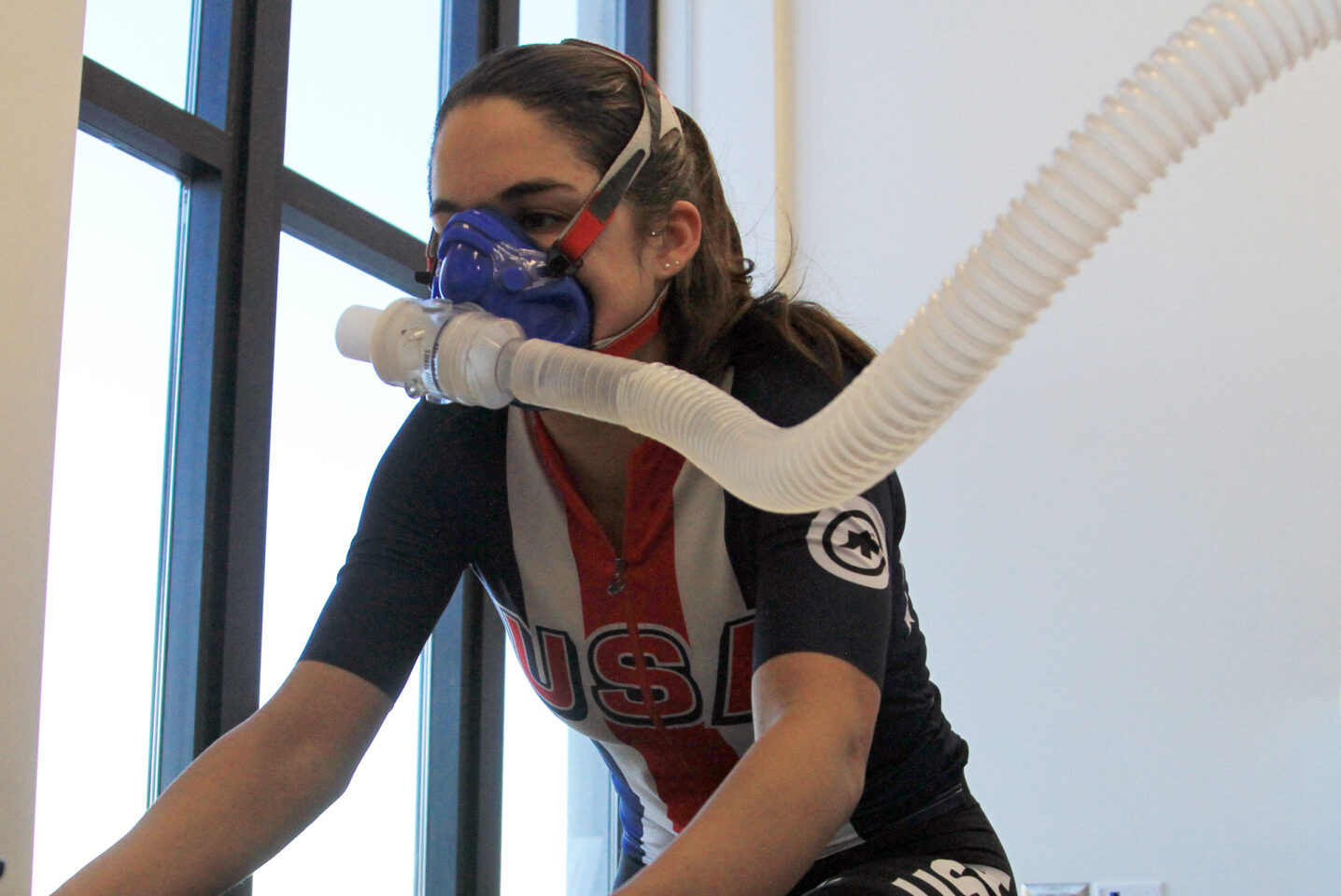Athletes spend much of their time training their legs and heart. What about our lungs? Steve Neal breaks down the components of respiration to help explain why it could be holding you back.
Athletes spend much of their time training their legs and heart. What about our lungs? Steve Neal breaks down the components of respiration to help explain why it could be holding you back.
